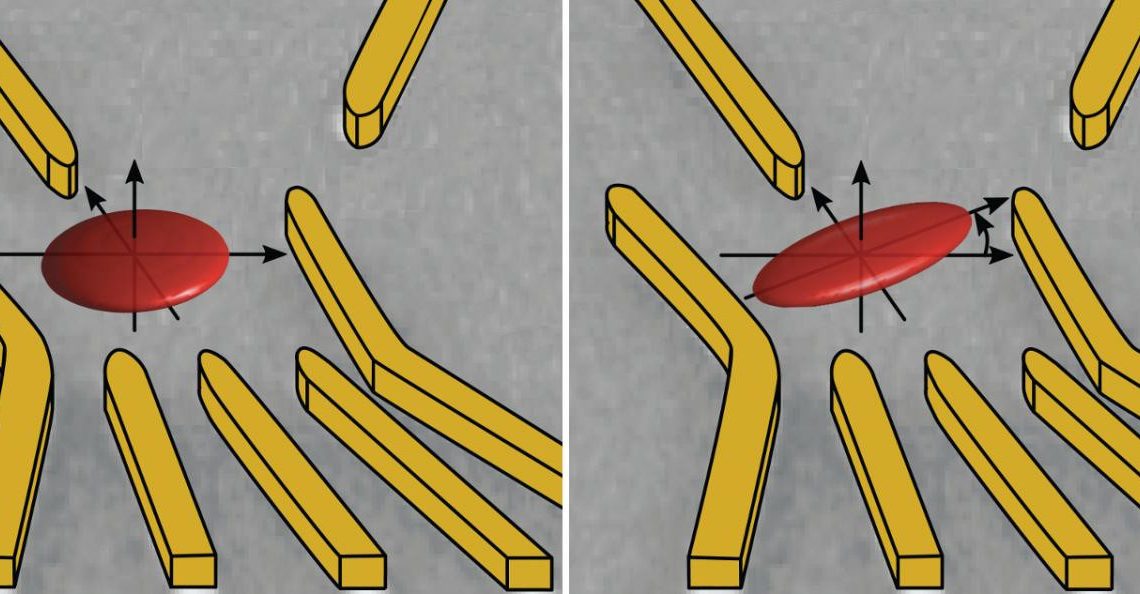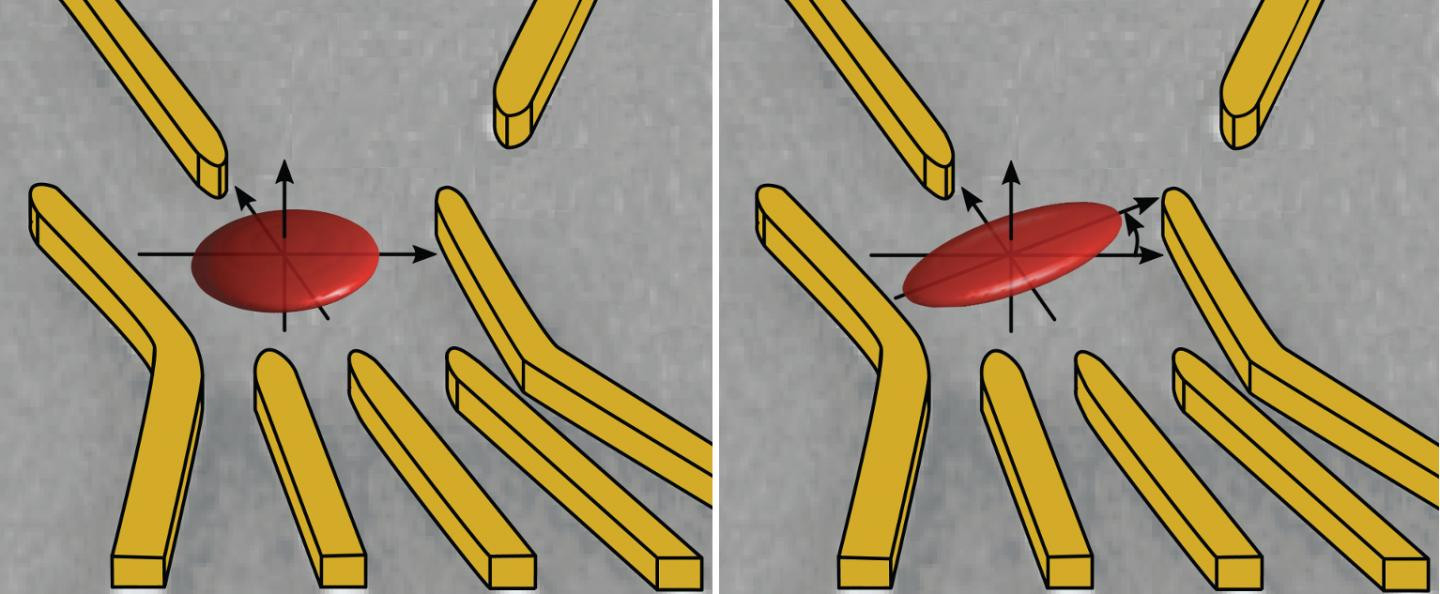
Scientists Map the Geometry of a Single Electron for the First Time
May 24, 2019Scientists have created the first geometric map of a single electron, according to a study published Wednesday in the Physical Review Letters.
The authors, led by University of Basel physicist Dominik Zumbühl, outline a new technique that can shed light on this bizarre subatomic particle and improve human manipulation of electron spin—a key goal for the quantum computing community.
Electrons, which display the properties of both particles and waves, are one of the most otherworldly and slippery forms of matter known to science. It’s impossible to image an individual electron simply by zooming in on it with a microscope or camera, so the study’s authors instead used a special material called a quantum dot.
Quantum dots are nanocrystals that are too small to be seen with the naked eye. Their unique optical properties have enabled a range of commercial applications, including more colorful LED screens and efficient solar cells. The dots are also useful for physicists because they confine electrons in one locality using electric fields, which simulates the dynamics of a real atom. For this reason, quantum dots are sometimes called artificial atoms.
Zumbühl and his colleagues illustrated how quantum dots can be used to sketch out the parameters of a single electron. The team measured the energy levels of quantum dots exposed to magnetic fields of different strengths and orientations. That data was fed into a theoretical model that produced a map of a single electron wave function (meaning, the wave characteristics of the electron).

"We are able to not only map the shape and orientation of the electron, but also control the wave function according to the configuration of the applied electric fields,” said Zumbühl in a statement. “This gives us the opportunity to optimize control of the spins in a very targeted manner."
In quantum computing research, the spin of an electron is considered a promising basis for a qubit, a shortened version of a “quantum bit.” Similar to how binary code is based on two bits, 1s and 0s, an electron’s two spin states, up and down, could be used as the core information system for future quantum computers.
Because electrons are capable of superposition—essentially exhibiting an up and down spin at the same time—quantum computers are expected to process information much faster than the binary-based computers we use today.
It’s hard to predict if or when such advanced computing techniques will become a reality. But regardless, the new study, along with a related paper published earlier this year, have brought the concept of a spin-based quantum computer one step closer to fruition.


